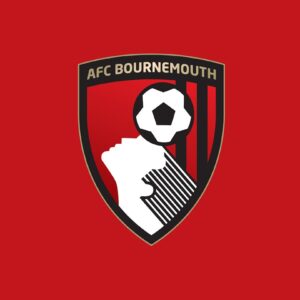The C2 Cup, commonly known as the UEFA Cup Winners’ Cup, was one of the most prestigious European club football tournaments. Running from 1960 to 1999, this competition provided a platform for domestic cup winners from across Europe to compete for continental glory. Although it no longer exists, its history and influence remain significant in European 79king football.
Origins and Purpose of the C2 Cup
The UEFA Cup Winners’ Cup was created to give national cup winners a chance to compete on the European stage. Prior to its inception, only league champions participated in the European Cup (now the UEFA Champions League), leaving domestic cup winners without an international platform.

In 1955, UEFA launched the European Cup, but there was a growing demand for a separate tournament where cup-winning clubs could showcase their talents. As a result, the Cup Winners’ Cup was introduced in 1960. The inaugural season (1960–61) saw ACF Fiorentina crowned as the first champions, setting the stage for nearly four decades of thrilling competition.
The competition was often referred to as “C2” in France and other parts of Europe, following the classification system where:
- C1 referred to the European Cup (Champions League),
- C2 was the Cup Winners’ Cup,
- C3 was the UEFA Cup (now the Europa League).
This labeling system helped distinguish the different levels of European club football.
Format and Rules
The C2 Cup was structured as a knockout tournament, meaning teams competed in home-and-away matches until a single-match final decided the champion. The final was held at a neutral venue, similar to the modern-day Champions League final.
Key features of the tournament format included:
- Participation: Only domestic cup winners were eligible.
- Home and Away Legs: Each round, except the final, was played over two legs.
- Extra Time & Penalties: If a tie was level after two legs, extra time and penalties determined the winner.
- Neutral Venue Final: The final was hosted in a predetermined city.
Decline and Discontinuation
Despite its popularity, UEFA decided to abolish the Cup Winners’ Cup after the 1998–99 season. Several factors led to its discontinuation:
-
Growing Popularity of the Champions League
- The expansion of the UEFA Champions League meant that more teams (including cup winners) were admitted, reducing the prestige of the C2 Cup.
-
Overlap with the UEFA Cup (C3)
- The UEFA Cup (now Europa League) became more competitive, offering cup winners an alternative European tournament.
-
Financial and Commercial Reasons
- Sponsors and broadcasters favored the Champions League and the UEFA Cup, leading to a decline in interest in the Cup Winners’ Cup.
As a result, the competition was merged into the UEFA Cup (C3), which later became the UEFA Europa League in 2009.
Legacy of the C2 Cup
Although the C2 Cup no longer exists, its impact on European football remains:
- The UEFA Super Cup
- Originally, the Cup Winners’ Cup champion played against the Champions League winner in the UEFA Super Cup. This tradition continues today, despite the C2 Cup’s discontinuation.
- Influence on the Europa League
- Many former C2 winners have gone on to win the Europa League, continuing their European success.
- Historical Prestige
- Clubs that won the Cup Winners’ Cup still celebrate it as an important achievement in their history.
Conclusion
The C2 Cup (UEFA Cup Winners’ Cup) was a unique and prestigious tournament that gave domestic cup champions the chance to compete at the highest level. Despite its discontinuation, the competition provided historic moments, legendary winners, and unforgettable matches.
Even though it no longer exists, the C2 Cup remains an important part of European football history, influencing modern competitions like the Europa League and the UEFA Super Cup. For football fans and historians, the legacy of this tournament will always be remembered as one of the great European football competitions.
